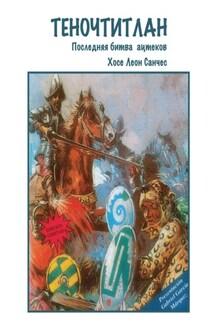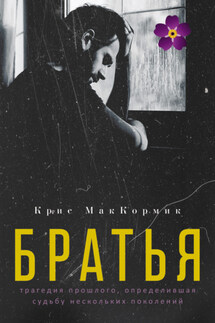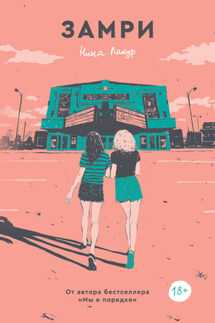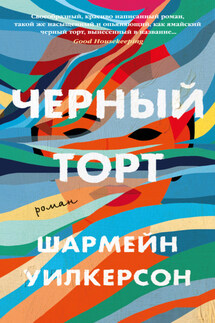Остаток дня / The Remains of the Day - страница 3
For all that, I could not for some days quite bring myself to raise the matter again with Mr Farraday. There were, in any case, various aspects to the matter I felt I needed to clarify to myself before proceeding further. There was, for instance, the question of cost. For even taking into account my employer’s generous offer to ‘foot the bill for the gas’, the costs of such a trip might still come to a surprising amount considering such matters as accommodation, meals, and any small snacks I might partake of on my way. Then there was the question of what sorts of costume were appropriate on such a journey, and whether or not it was worth my while to invest in a new set of clothes. I am in the possession of a number of splendid suits, kindly passed on to me over the years by Lord Darlington himself, and by various guests who have stayed in this house and had reason to be pleased with the standard of service here. Many of these suits are, perhaps, too formal for the purposes of the proposed trip, or else rather old-fashioned these days. But then there is one lounge suit, passed on to me in 1931 or 1932 by Sir Edward Blair – practically brand new at the time and almost a perfect fit – which might well be appropriate for evenings in the lounge or dining room of any guest houses where I might lodge. What I do not possess, however, is any suitable travelling clothes – that is to say, clothes in which I might be seen driving the car – unless I were to don the suit passed on by the young Lord Chalmers during the war, which despite being clearly too small for me, might be considered ideal in terms of tone. I calculated finally that my savings would be able to meet all the costs I might incur, and in addition, might stretch to the purchase of a new costume. I hope you do not think me unduly vain with regard to this last matter; it is just that one never knows when one might be obliged to give out that one is from Darlington Hall, and it is important that one be attired at such times in a manner worthy of one’s position.
During this time, I also spent many minutes examining the road atlas, and perusing also the relevant volumes of Mrs Jane Symons’s The Wonder of England. If you are not familiar with Mrs Symons’s books – a series running to seven volumes, each one concentrating on one region of the British Isles – I heartily recommend them. They were written during the thirties, but much of it would still be up to date – after all, I do not imagine German bombs have altered our countryside so significantly. Mrs Symons was, as a matter of fact, a frequent visitor to this house before the war; indeed, she was among the most popular as far as the staff were concerned due to the kind appreciation she never shied from showing. It was in those days, then, prompted by my natural admiration for the lady, that I had first taken to perusing her volumes in the library whenever I had an odd moment. Indeed, I recall that shortly after Miss Kenton’s departure to Cornwall in 1936, myself never having been to that part of the country, I would often glance through Volume III of Mrs Symons’s work, the volume which describes to readers the delights of Devon and Cornwall, complete with photographs and – to my mind even more evocative – a variety of artists’ sketches of that region. It was thus that I had been able to gain some sense of the sort of place Miss Kenton had gone to live her married life. But this was, as I say, back in the thirties, when as I understand, Mrs Symons’s books were being admired in houses up and down the country. I had not looked through those volumes for many years, until these recent developments led me to get down from the shelf the Devon and Cornwall volume once more. I studied all over again those marvellous descriptions and illustrations, and you can perhaps understand my growing excitement at the notion that I might now actually undertake a motoring trip myself around that same part of the country.









